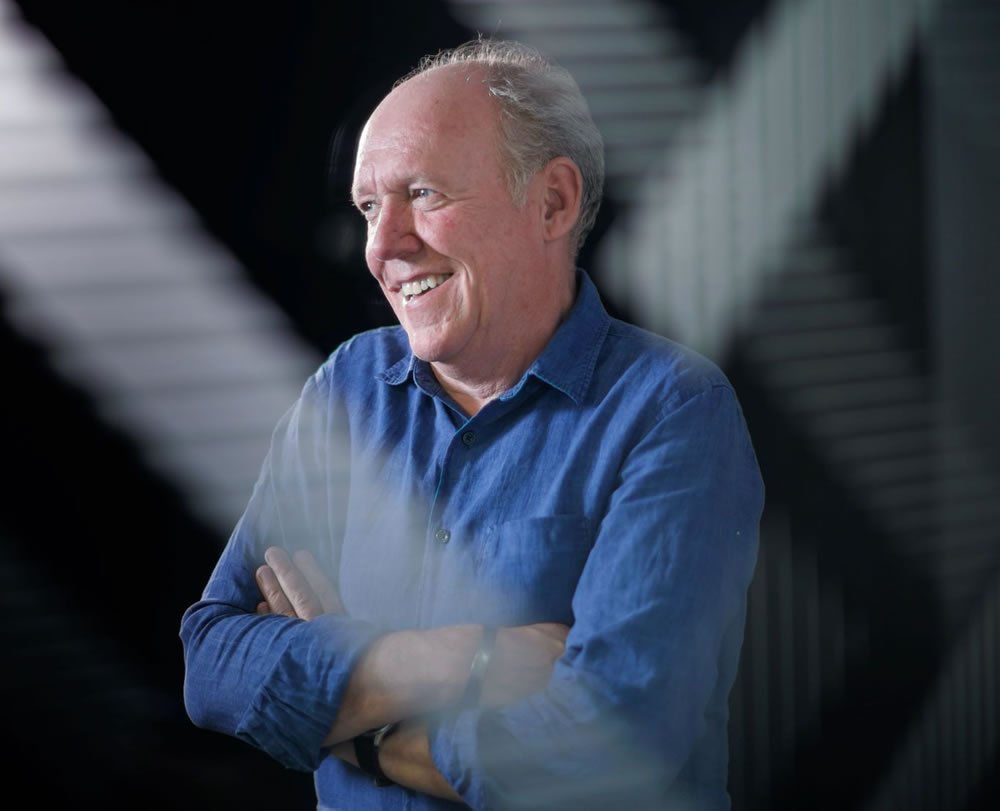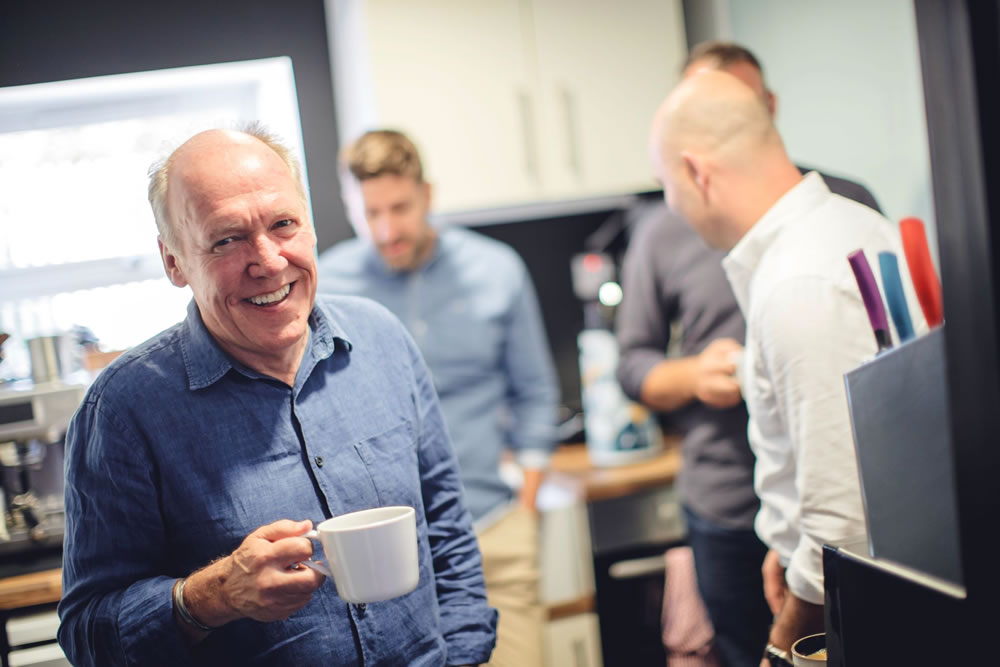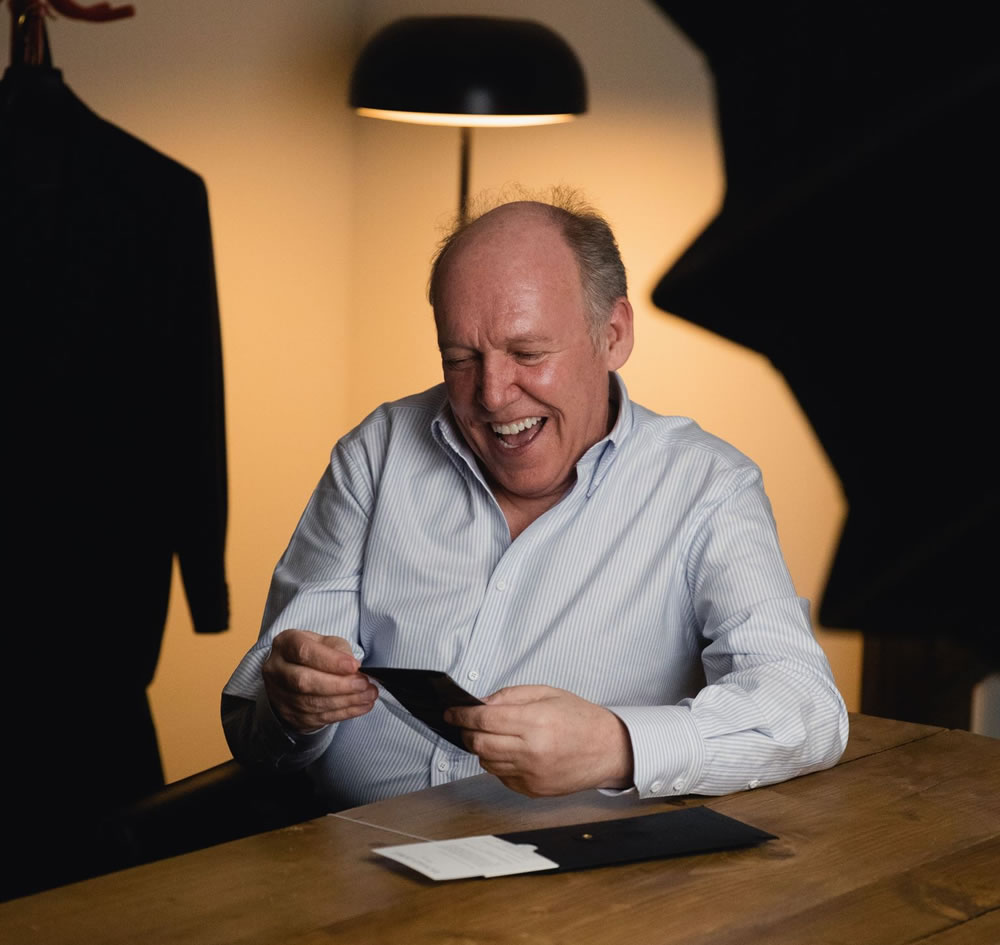New digital luxury brand Kincsem has appointed CALLUM, led by Ian Callum CBE, recently named GQ’s Car Designer of the Year, to deliver the design of an all-new electrified hyper-car.
Kincsem is a digital-first brand, and it is the vision of its founder, businessman Tibor Bak, to integrate digital technologies at every touchpoint, from finance, to design and manufacturing and the deployment of A.I. to fuse the world’s best luxury design talent with the latest technology to develop beautifully designed, high performance products. Bak is bringing his considerable industrial experience and skill to innovate new and previously untapped partnerships and methodologies to deliver the brand’s diverse product portfolio, of which the Hyper-GT is the first launch.
“The story of Kincsem, the horse, provides the inspiration for the brand; the ethos behind her training was pioneering and, as a result, her achievements remain unsurpassed. Our approach to digital technology allows us to create products without constraints and place the individual at the centre of the design process. This is typified in the Kincsem Hyper-GT, designed by Ian Callum, which will bring together new modes of digital integration into development, design, manufacture and ownership,” said Bak.
Kincsem, the world-famous Hungarian racehorse was unbeaten over a career of 54 races. The new Hyper-GT applauds her legacy by creating just 54 UK-manufactured luxury vehicles. These feature a revolutionary high revving F1-derived hybrid powertrain, with delivery commencing in 2023.

Eclipsing the options for customer personalisation currently available, the Hyper-GT will introduce a new ‘personal engineering’ experience for each owner in a car combining driver responsiveness with zero-emissions capability. The price is yet to be confirmed but will compete at the highest echelons of luxury automotive.
The CALLUM appointment is the first of several high-profile partnerships to be announced that draw on the pinnacle of design, engineering and production talent across the globe. CALLUM’s inclusion brings an unrivalled pedigree to the project, due to be unveiled in full in late 2021, and the new car represents an empowering and open brief for the design team.
“With Kincsem, we have that rare privilege to not only create a beautiful car, but also form a design language for an innovative luxury brand,” says Callum, who leads the CALLUM design team. “Refreshingly, Kincsem has said there are no rules, enabling us to pose the question ‘If we could do whatever we wanted, what would we do?’. That’s one of the most invigorating opportunities for any designer. The team at CALLUM is extremely excited to start work.”
The Kincsem ethos of unrivalled customer involvement will manifest across multiple products, services and experiences as the future unfolds. This will include the launch of a luxury performance SUV featuring the same drivetrain and personal engineering possibilities as the Hyper-GT.
LLM – Luxury Lifestyle Magazine motor editor Lisa Curtiss caught up with Ian Callum to learn more.
Ian, it’s nearly two years since you set up CALLUM and you don’t seem to have stopped. How is it going?
Yes, it’s been frantic but fun. I am back to doing what I love, namely sitting down and designing. We have a great team that’s working really well and we’ve been able to pick the projects that appealed to us. We will continue to grow in 2021 with some exciting commissions. I look forward to every day.

What have been the highlights?
First, the immense support we have had on this journey. Lots of people have wished us well. Some special brands such as Mulberry and Bremont got involved in our first project, the CALLUM Vanquish. More recently, we have also been fortunate to design new vehicles such as the Prodrive BRX Dakar car and now Kincsem’s ‘Hyper-GT’.
How did the Kincsem project come about?
Tibor Bak, Kincsem’s founder, likes what we do. He approached CALLUM in 2020 to talk about its plans. Tibor and his team understand that this is both a design and engineering task, and that they can benefit from our experience in balancing those two different sets of requirements.
You must have had a lot of requests since forming CALLUM. What made Kincsem stand out?
We all relished the opportunity to create something fresh. It became apparent pretty quickly when we met Tibor and his team that they shared the same values. It was simply too compelling.
The Kincsem is described as a digital car. Does that mean we will see you sketching?
I will definitely still be sketching! And we will still create a clay model – those elements are still valid for appraising and approving a design. But digital technologies will also be important, and CALLUM embraces them. For example, we now use a MakerBot 3D printer to create sample parts we can see and touch from any angle.

You spoke at the launch of CALLUM about a desire to design luxury goods. Is that something you will do with Kincsem as it expands?
We have committed to two vehicle projects with Kincsem, and we would be open to look at other luxury goods. It’s an aspiration to do furniture, collectables and more. We are working on a number of projects in house at the moment. After spending 50 years learning, I want to put that into practice. CALLUM is about having freedom to explore and try new things.
We have seen a great number of specialist cars being launched? Is this an industry trend?
IC customers yearn for something very personal. With our Vanquish project, the engineers, design team and I sit down (virtually at the moment!) and consider what the customer really wants. We can do that. For example, if somebody wanted a wider body or a shooting brake, we could do that. I believe that luxury will evolve to be ever more personal and bespoke. The larger car manufacturers try to do this but often fall short. There tend to be too many compromises.
The story of you becoming a designer is well known. What would you say to young people considering becoming a designer?
Don’t be afraid, just go out there and believe in what you do. Be prepared to work hard and be tenacious. Design will always play a fundamental role in all our lives. Look at some at the creativity needed to solve issues around Covid-19 – face mask technology, easy to assemble ventilators, ways to standardise test equipment and reduce waste. Good design is and will always be hugely relevant.






















